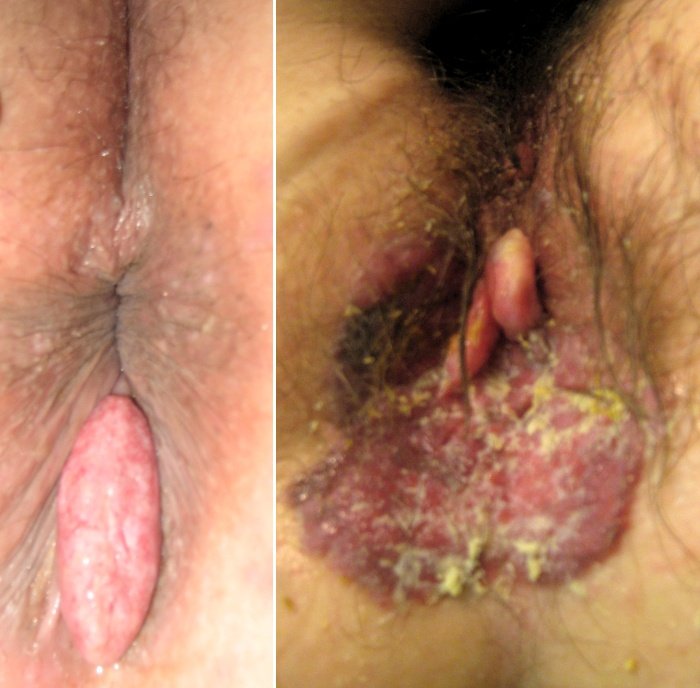Recent memo from Alberta Health Services’ South Zone office warns physicians about the significant rise of sexually transmitted diseases (STD) in Southern Alberta. In 2009, Alberta reported the highest STD rates across the country. Most significant is the increase in syphilis.
In 2008, a report in the Canadian Medical Association Journal (CMAJ August 12, 2008) said that Alberta launched a $2 million campaign to combat the rise of sexually transmitted disease a day after releasing figures indicating skyrocketing rates of gonorrhea and chlamydia among young people in the province. The ads were meant to encourage condom use and regular testing for the disease. But the incidence of STD continues to rise.
STD is also on the rise in other western countries. In the United Kingdom, cases of syphilis among people aged 45 to 64 increased 139 per cent between 2002 and 2006. Cases of chlamydia rose 51 per cent.
In March 2008, U.S. Centers for Disease Control and Prevention reported that one in four teenage girls in the U.S. has a STD. An estimated 3.2 million teenage girls in that country are at risk for health problems such as infertility and cervical cancer because they have chlamydia, trichomoniasis, herpes simplex virus or human papillomavirus (causes genital warts).
Cases of syphilis have particularly increased among men having sex with men. In this group, there is also a high incidence of HIV. If a person has sex with someone who has STD then the risk of contracting the disease is extremely high. It does not matter whether a person is heterosexual or homosexual.
You are at risk of having STD if you ever had sex, if you had many sex partners, if you had sex with someone who has had many sex partners and/or you had sex without using condom.
Long term consequences of STD can be serious and sometime life threatening. Chlamydia and gonorrhea can cause pelvic inflammatory disease in women and infection of testicular area in men. This may render a person sterile. Viral warts can cause cancer of the cervix or penis. Syphilis can cause infection of the nervous system, mental problems, blindness and death. Other illnesses related to STD are hepatitis, genital herpes and AIDS.
You can lower the risk of STD by having sex with someone who is not having sex with anyone else – a monogamous relationship, who does not have STD and by always using a condom until your relationship has been established with your partner.
Primary prevention of STD can be achieved by preventing exposure by identifying at-risk individuals, performing a thorough assessment accompanied by patient-centred counselling and education and immunization when appropriate, says one of the CMAJ articles.
Secondary prevention is aimed at preventing or limiting further spread by decreasing the prevalence of STDs through detection in at-risk populations, counselling, conducting partner notification and treating infected individuals and contacts.
Practicing safe sex is the best way to stay out of trouble. Same rules apply to men and women, whether they are homosexual or heterosexual.
Start reading the preview of my book A Doctor's Journey for free on Amazon. Available on Kindle for $2.99!
